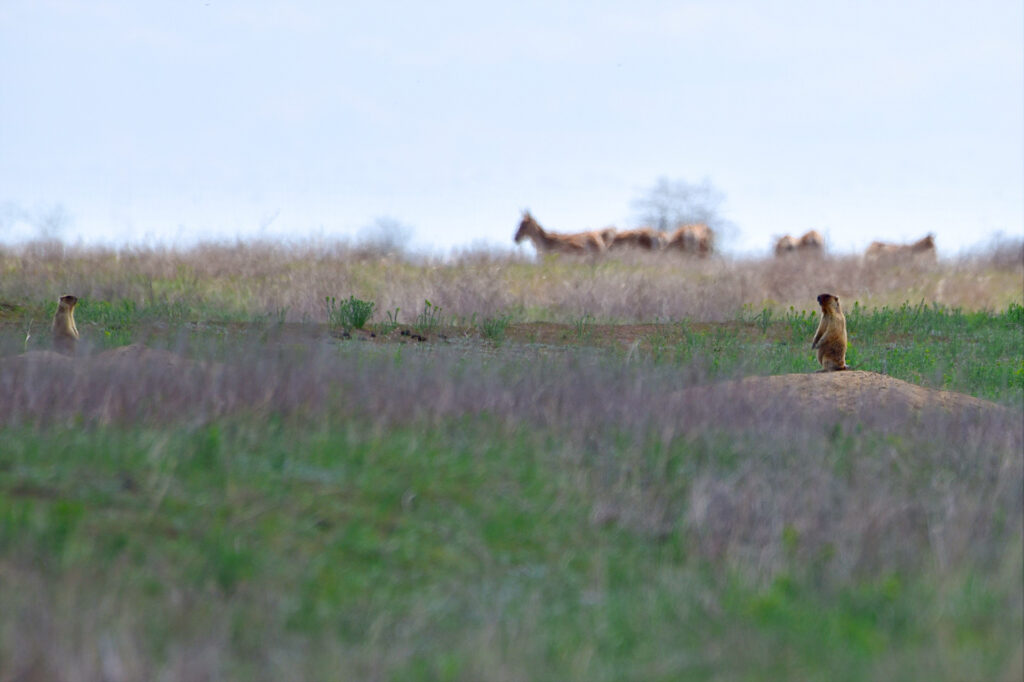The Rewilding Ukraine team are engaged in long-term efforts to create a wilder and healthier Tarutino Steppe. The ongoing reintroduction of European hamsters will help to restore local food webs, enhance biodiversity, and boost nature-based tourism.
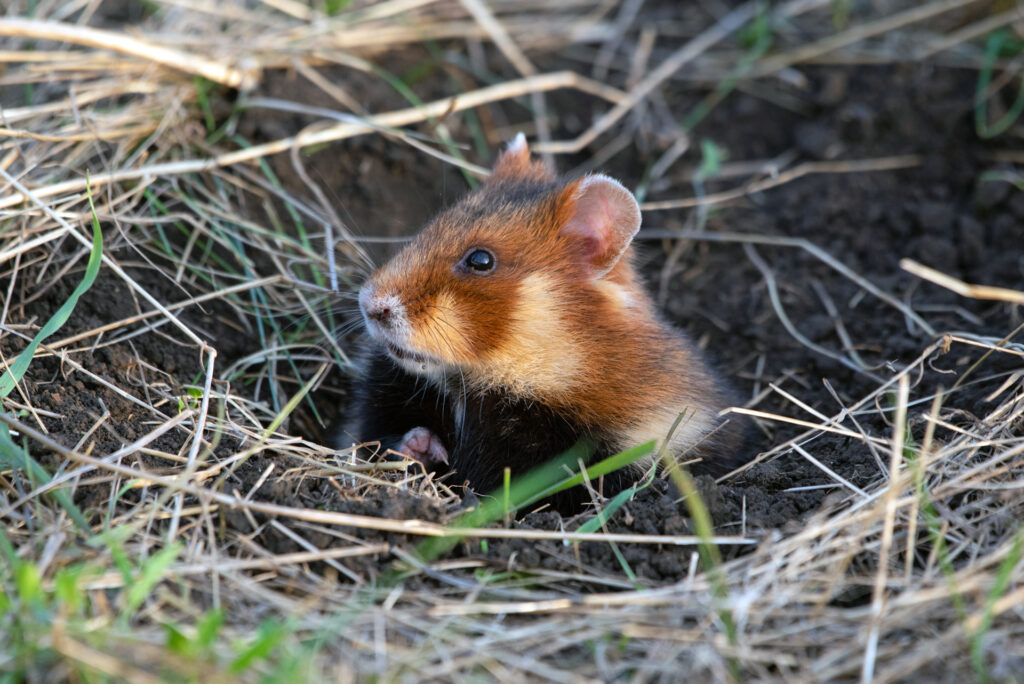
Towards a wilder steppe
A group of 13 European hamsters have just been released on the Tarutino Steppe in Ukraine, which is part of Rewilding Europe’s extended Danube Delta rewilding landscape. This is the third release of an ongoing reintroduction programme overseen by the Rewilding Ukraine team, in collaboration with Kyiv Zoo and the Tarutino Steppe Nature and Ethnographic Park. Groups of hamsters were previously released on the steppe in 2022 and 2023, with the next release scheduled for 2025.
The burgeoning presence of the diminutive rodents, which were once widespread across Ukraine, will contribute to the creation of a wilder and ecologically healthier steppe landscape, helping to restore local food webs and enhance biodiversity, as well as boosting nature-based tourism.
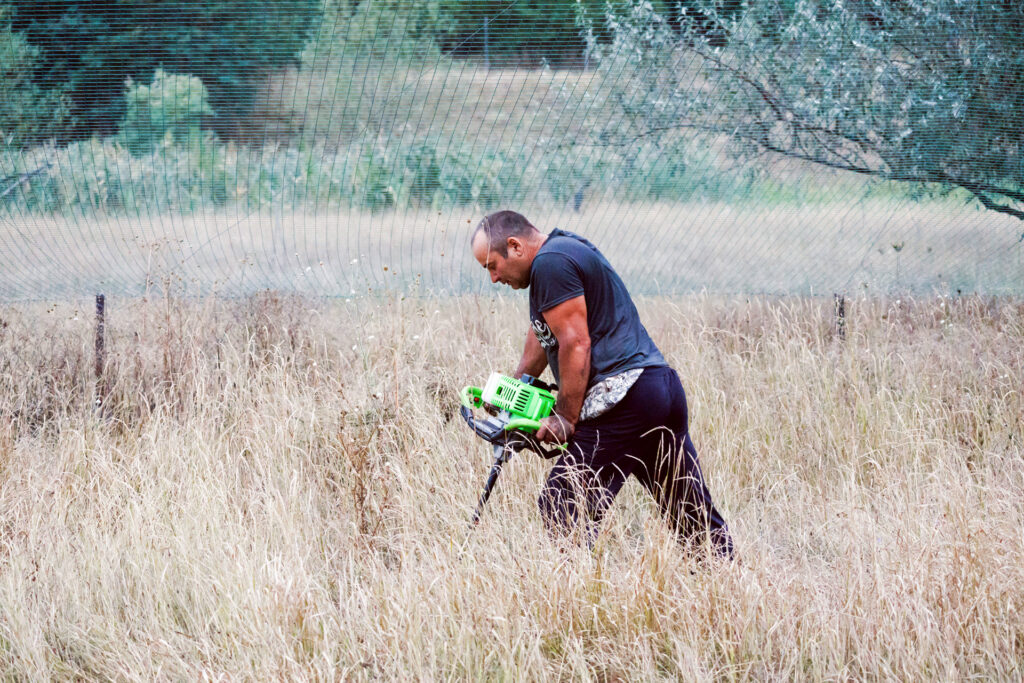
Beneficial impact
Compared to hamsters kept as pets, wild hamsters are quite large – they can reach up to 30 cm in length and weigh more than 500 g. They spend most of their time underground in burrows, venturing out only at dawn and nightfall to feed mostly on plants. On the Tarutino Steppe they will help to disperse seeds, while their burrows will create habitats for many other wildlife species and improve soil fertility. The animals themselves are important prey for a range of birds and mammals. They will also help to attract tourists, supporting development of the area’s developing nature-based economy.
The newly arrived hamsters have been released in two large acclimatisation enclosures, where the Rewilding Ukraine team have created a number of artificial dens. Specially constructed walls prevent predators from digging into these enclosures from the outside, while they are covered with netting to protect the hamsters from predatory birds. After several weeks, the enclosures will be opened up to release the animals into the wild. Following their release, the hamsters will continue to be monitored to ensure they are adapting well to their new environment.
“The hamsters are settling in well in their enclosures,” says Mykhailo Rusin, a specialist at the Kyiv Zoo’s Restoration and Reintroduction Centre. “This latest reintroduction is another important step towards safeguarding the future of this important animal and establishing a thriving population on the Tarutino Steppe.”
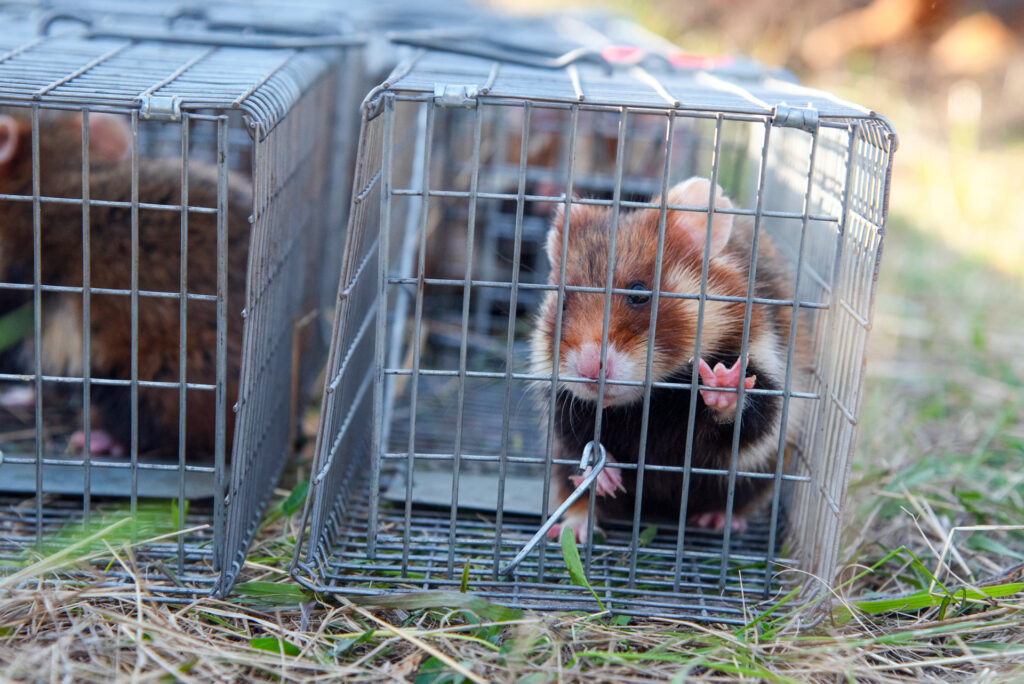
Critical conservation
Kyiv Zoo has been breeding and returning European hamsters to the wild for a number of years as part of a programme to restore populations of rare and endangered species across Ukraine. The European hamster once inhabited steppes and forest-steppes across Europe, and was resident in most of Ukraine. But today it has almost disappeared in nature as a result of habitat destruction, environmental pollution, and targeted extermination as an agricultural pest. In 2009 it was listed in the Red Book of Ukraine, while it is also has critically endangered status on the IUCN’s Red List. On the Tarutino Steppe, the rodents will benefit from environmental protection and an increasingly wild landscape.
The ongoing war in Ukraine, which has led to the loss and degradation of many areas of steppe and grassland in the country, poses an added threat to hamsters. In these dark times for the country, the Tarutino Steppe – which is located well away from the conflict area – can become a sanctuary for hamsters and other wildlife, and could help with post-war nature recovery efforts.
Over the last few years, the Rewilding Ukraine team, in conjunction with the community of Borodino and the Department of Ecology of Odessa, have taken important steps towards the creation of the Budzhak Steppes National Natural Park – a new national park that would encompass the Tarutino Steppe and adjacent yet unconnected areas of steppe.
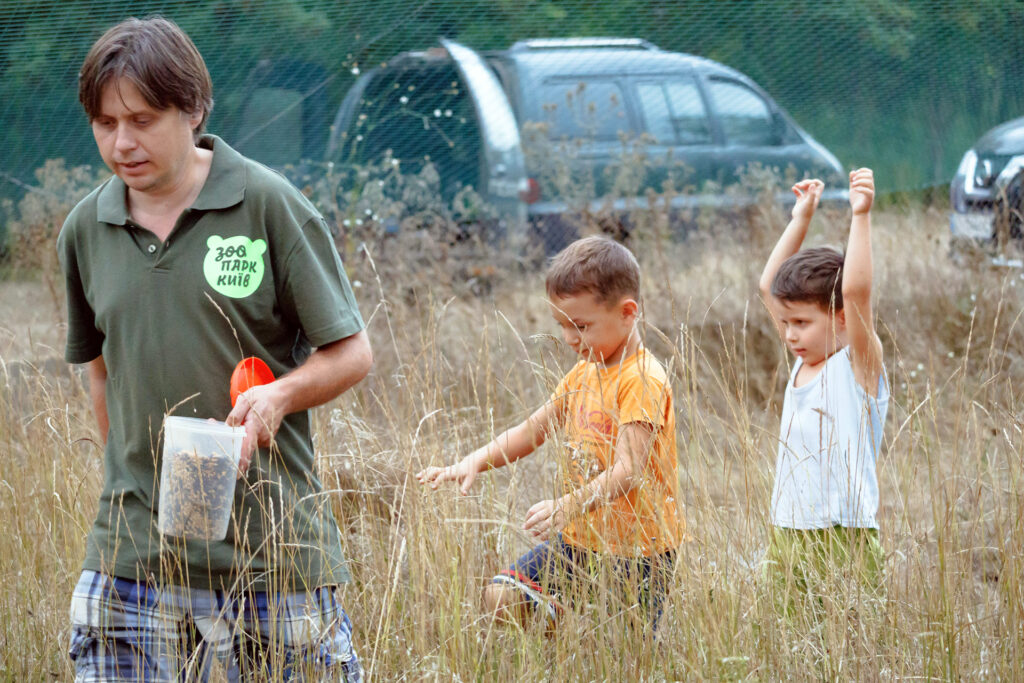
The bigger picture
Rewilding Ukraine’s hamster reintroduction programme is part of scaled up rewilding efforts in the Danube Delta rewilding landscape, which began at the start of 2019 with funding provided by the Endangered Landscapes & Seascape Programme, through Rewilding Europe.
Hamsters are just one of a number of native herbivorous animals returned to the Tarutino Steppe by the Rewilding Ukraine team, with kulan (Asiatic ass), European fallow deer, and steppe marmot populations all doing well. The overarching aim of these efforts is to realise a wilder steppe governed more by natural processes, such as natural grazing and well-balanced and healthy predator-prey dynamics.
